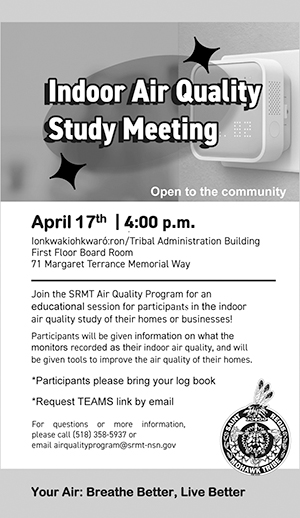Iroquois Solutions to Mass Killings
By Doug George-Kanentiio
On the afternoon of February 14, a day typically given to expressions of affection, a nineteen-year-old boy entered the Marjory Stoneman Douglas High School in Parkland, Florida armed with an AR-15 semi-automatic rifle. He carried the rifle in a gun case, avoided an armed Broward County Sheriff’s Department Deputy, took the rifle from the case and walked down the halls of the school randomly shooting at students, teachers and sports coaches. Some died or were wounded as they tried to shield others from the killer’s attack while the deputy allegedly refused to respond to the shots, hiding behind a building. Other deputies arrived and they too allegedly hid behind their patrol cars enabling the killer to continue his rampage and then leave the school grounds where he was arrested 90 minutes after he entered the school grounds. He had an uninterrupted 8 minutes to murder 17 people including 14 students.
We should not assume that these types of mass killings are in suburbs or cities.
In March, 2005 a 16 year old teenager at the Red Lake Ojibway reservation stole his grandfather’s pistols. The teenager was Jeffrey Weise and his grandfather was a police officer on the territory. The grandfather was fatally shot, as was his girlfriend. Weise then went to the local high school and murdered a security guard and six students before blasting himself with a shotgun.
In the past six weeks there has been, according to the web site http://www.everytownresearch.org, a total of 17 school shootings in the US either accidental or deliberate.
These shootings have ignited an intense debate as to the place of high caliber assault rifles in the US. In legal terms it comes down to how one interprets the Second Amendment to the US Constitution, which provides for the right to bear arms dependent upon a “well regulated” militia. When that provision was passed the US was in its infancy with individual states and groups challenging the authority of the federal government. Faced with rebellions on several fronts and with a weak national army, there was a need to call upon the militia to suppress these uprisings. Under this provision each adult male could be called upon to respond to a central command and bear arms against domestic insurrections.
It was not the intent of the Amendment’s authors to enable each individual to have the weapons to engage in acts of treason or to use these firearms against their fellow citizens without strict, military regulations. Arguments are being made to protect a person’s right to bear arms without restrictions so that they are free to use the weapons as they deem appropriate.
This position by extension includes the option of committing mass murder.
Under Rotinonshonni customs this would not be possible. Any device which takes another life is treated with respect. Whether it is a knife, arrow, axe, club or rifle its use was restricted to those who could demonstrate mastery of the tool. This involved formal instruction until one could demonstrate the requisite skill. Along with this was the requirement that one had the emotional stability before using any kind of weapon.
Before the life-taking action was begun the mind had to be clear and the intent clear.
To this was added the necessity of respect. Any life form placed in jeopardy had to have its natural rights acknowledged before and after it was taken. Nothing about life-taking was without the requisite rituals.
For a Rotinonshonni youth there were months of hard training in archery, shooting, club and spear throwing. The young ones had to make their own weapons other than a firearm. They received instructions in tracking, trapping, field dressing, and meat preservation. Accuracy was stressed and everything hunted was used, nothing was wasted.
Only when these abilities were demonstrated would the Iroquois be cleared to carry a weapon or to hunt. Emotional and physical control, respect and technical ability - nothing was left to chance. It would have been mentally impossible for a Rotinonshonni to engage in these acts of rage given their high degree of discipline.
But what to do when a society degenerates to the point when its own people kill themselves in acts of social suicide?
That seems to be the question yet to be answered but restricting access to mass killing devices without serious, extensive training using the Rotinonshonni methods might be one partial solution.






Reader Comments(0)